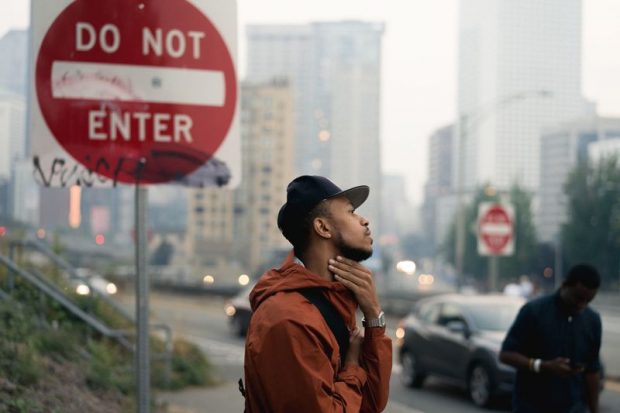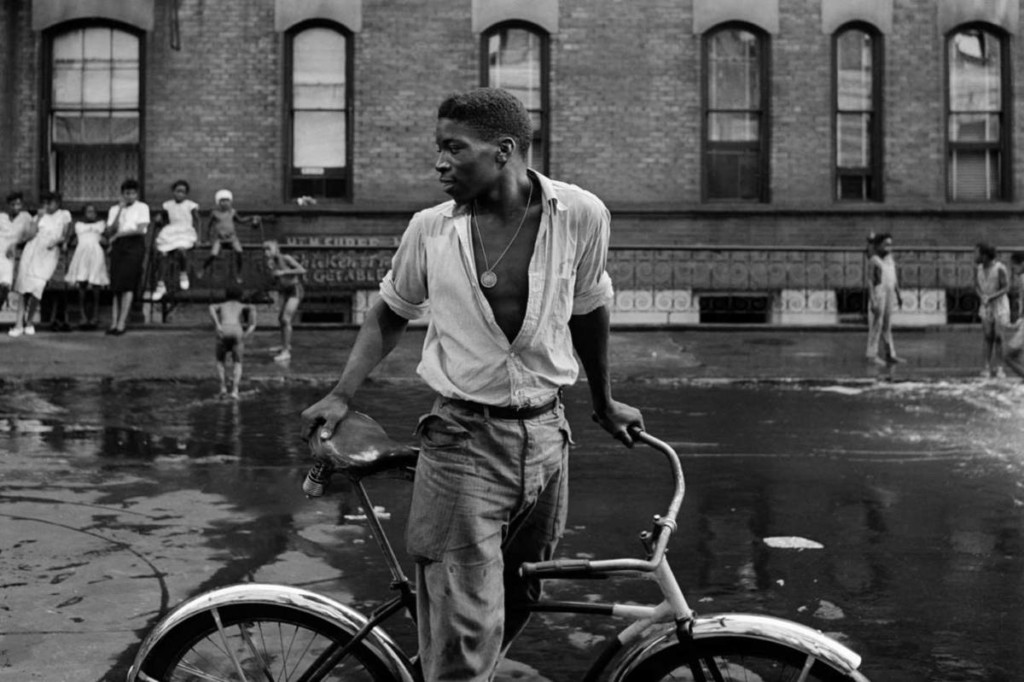Some Known Details About Framing Streets
Wiki Article
Framing Streets - Truths
Table of ContentsMore About Framing StreetsExcitement About Framing StreetsFraming Streets - Questions9 Simple Techniques For Framing StreetsFraming Streets Fundamentals ExplainedA Biased View of Framing Streets
, usually with the goal of catching pictures at a definitive or emotional minute by mindful framing and timing. https://framingstreets1.bandcamp.com/album/framing-streets.
What Does Framing Streets Do?
Susan Sontag, 1977 Road digital photography can concentrate on people and their habits in public. In this respect, the street photographer is comparable to social docudrama professional photographers or photographers who additionally function in public places, but with the goal of recording newsworthy events. Any one of these professional photographers' images might record people and residential property noticeable within or from public locations, which commonly requires browsing honest issues and legislations of privacy, protection, and building.Representations of daily public life develop a category in practically every period of globe art, starting in the pre-historic, Sumerian, Egyptian and early Buddhist art durations. Art taking care of the life of the street, whether within views of cityscapes, or as the dominant motif, appears in the West in the canon of the North Renaissance, Baroque, Rococo, of Romanticism, Realistic look, Impressionism and Post-Impressionism.
Some Known Facts About Framing Streets.
Louis Daguerre: "Blvd du Temple" (1838 or 1839) In 1838 or 1839 the first photo of figures in the street was videotaped by Louis-Jacques-Mand Daguerre in one of a set of daguerreotype views extracted from his studio home window of the Blvd du Temple in Paris. The 2nd, made at the height of the day, reveals an unpopulated stretch of road, while the other was taken at concerning 8:00 am, and as Beaumont Newhall records, "The Blvd, so constantly loaded with a relocating crowd of pedestrians and carriages was perfectly singular, other than an individual that was having his boots brushed., that was inspired to embark on a comparable documents of New York City. As the city developed, Atget assisted to advertise Parisian roads as a deserving topic for photography.

Some Known Factual Statements About Framing Streets
Martin is the initial videotaped digital photographer to do so in London with a masked video camera. Mass-Observation was a social study organisation established in 1937 which aimed to tape-record day-to-day life in Britain and to tape-record the responses of the 'man-in-the-street' to King Edward VIII's abdication in 1936 to marry separation Wallis Simpson, and the succession of George VI. The principal Mass-Observationists were anthropologist Tom Harrisson in Bolton and poet Charles Madge in London, and their initial report was created as guide "May the Twelfth: Mass-Observation Day-Surveys 1937 by over two hundred onlookers" [] Home window cleaner at Kottbusser Tor, Berlin, by Elsa Thiemann c. 1946 The post-war French Humanist School photographers discovered their topics on the street or in the restaurant. In between 1946 and 1957 Le Groupe des XV yearly displayed job of this kind. Andre Kertesz. Circus, Budapest, 19 May 1920 Street digital photography created the major material of 2 events at the Museum of Modern Art (Mo, MA) in New York curated by Edward Steichen, 5 French Photographers: Brassai; Cartier-Bresson, Doisneau, Ronis, Izis in 1951 to 1952, and Post-war European Digital Photography in 1953, which exported the principle of street digital photography worldwide.
The 8-Minute Rule for Framing Streets
, after that an instructor of young youngsters, associated with Evans in 193839.'s 1958 publication,, was substantial; raw and frequently out of focus, Frank's photos questioned conventional digital photography of the time, "challenged all the formal guidelines laid down by Henri Cartier-Bresson and Walker Evans" and "flew in the face of the wholesome pictorialism and heartfelt photojournalism of American publications like LIFE and Time".Report this wiki page